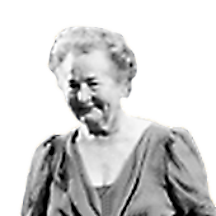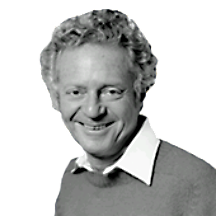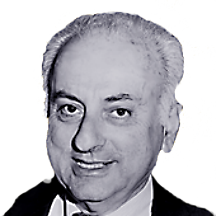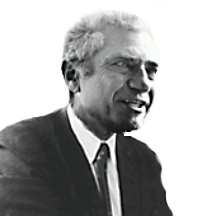Jack Steinberger was born in 1921 in Germany. When the Nazis came to power his parents sent him to the U.S.A. At first he studied Chemical Engineering and decided to concentrate on physics only after the end of World War II. In 1948 he received his Ph.D. from the University of Chicago, and in 1950 he joined the staff of Columbia University as a researcher.
Jack Steinberger received the 1988 Nobel prize in physics, together with Melvin Schwartz and Leon Lederman, “For the neutrino beam method and the demonstration of the doublet structure of the leptons, through the discovery of the muon neutrino.”
The standard model of particle physics divides the elementary particles into two families: quarks and leptons. Until the end of the 1950’s only three leptons were known: electron, muon and neutrino. The neutrinos can be produced from either electrons or muons, and can turn back to be either one.
In 1960, scientists assumed the existence of two kinds of neutrinos: one that is associated with electrons and the other, which is associated with muons. However, they had much difficulty in establishing an empirical evidence to support their assumption.
In 1961 Steinberger and his colleagues executed the neutrino experiment that was appreciated by the Nobel committee. They used a muon originated neutrino beam, produced by high energy collisions in the Brookhaven accelerator. All the neutrinos turned back to muons, not a single one turned into an electron, which prove that the neutrino observed in this experiment is a different kind of particle – a moun-neutrino.
The differentiation between electron-neutrino and muon-neutrino is of much theoretical importance. The electron and the electron neutrino are considered a “doublet”, two leptons that belong to the same generation. The muon and the moun-neutrino form another “doublet”, belonging to a different generation altogether.
discovered the muon-neutrino, one of the building blocks of the universe.






